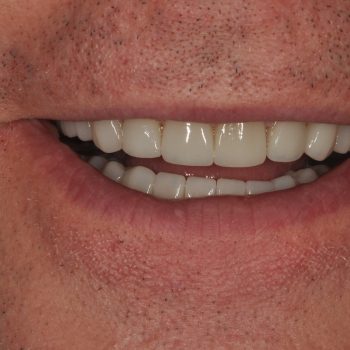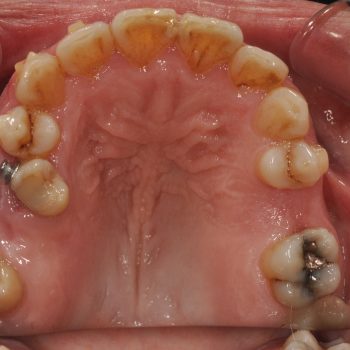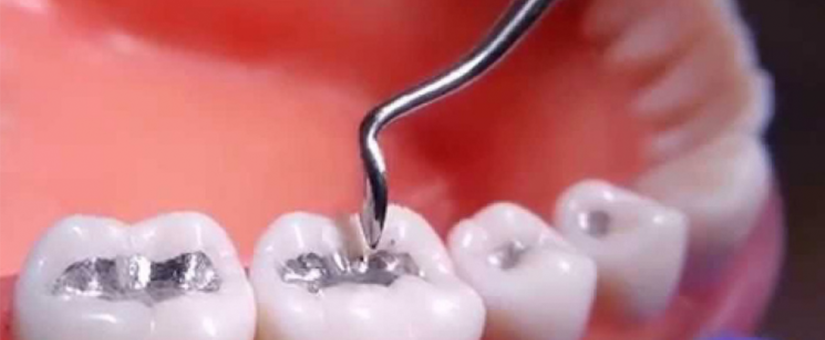
Dental Amalgam Removal: Important Oral Health Considerations
- On 20 September, 2023
Dental amalgam, a mixture of mercury with other metals, has been used for more than 150 years to restore damaged teeth. Over time, concerns have been raised about the safety of this material due to its content of mercury, a heavy metal known for its toxic effects. As a result, the removal of dental amalgam has become an important issue in modern dentistry. Here, we’ll explore the dental amalgam removal protocol and the key considerations for doing so safely.
Dental Amalgam and Mercury
Dental amalgam, often referred to simply as “amalgam,” has been a popular choice for dental fillings due to its durability and relatively low cost. However, dental amalgam contains about 50% mercury, which has raised concerns about its safety in the human body. Mercury is a known neurotoxicant that can have adverse effects on our health, especially on the nervous system and fetal development. Although most research suggests that amalgam fillings do not pose a significant health risk, many people seek to remove them out of an abundance of caution or due to allergic reactions or sensitivities to mercury. The removal of dental amalgam must be carried out following a strict protocol to minimize exposure to mercury during the process.
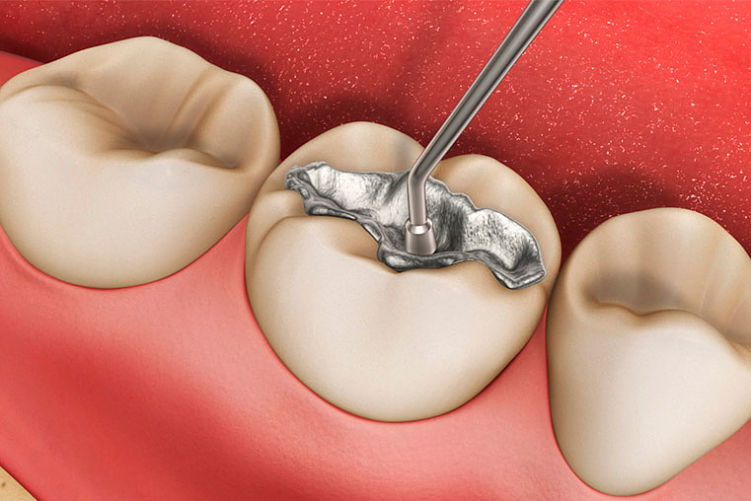
Dental Amalgam Withdrawal Protocol
The dental amalgam removal protocol has been developed to ensure that the process is performed safely for both the patient and dental staff. The following describes the steps of the amalgam removal protocol we use at Rossell Carol. This protocol is accepted as the standard procedure according to the International Academy of Oral Medicine and Toxicology (IAOMT):
1. Evaluation and planning: The first step is to perform a thorough evaluation of the patient’s dental situation and determine if amalgam removal is necessary. If it is decided to withdraw, a specific treatment plan is developed.
2. Protection of the patient and healthcare personnel: Precautions must be taken to protect both the patient and the dental staff. This includes wearing goggles, aprons, and thyroid protectors.
3. Isolation of the area: The tooth containing the amalgam is isolated using a rubber dam, which prevents the amalgam fragments from coming into contact with the mouth and being swallowed.
4. Use of oxygen supply: To ensure that the patient does not inhale mercury vapors during the procedure, oxygen is continuously supplied through a nasal mask.
5. High-speed suction: High-speed suction is used to remove any mercury vapour and amalgam particles generated during removal.
6. Cutting and removing the amalgam: The dentist uses special tools to carefully cut the amalgam into sections and remove it from the tooth. This is done with as little friction and cutting as possible to reduce mercury release.
7. Cleaning and decontamination: Once the amalgam is removed, the area is thoroughly cleaned and decontaminated. Special rinses and vacuums are used to remove any mercury residue.
8. Replacement with an alternative material: After removing the amalgam, the tooth is filled with an alternative material, such as dental composite or ceramic. These materials are safe and aesthetically pleasing.
9. Follow-up: Follow-up is performed to ensure that the patient does not experience any adverse reactions after amalgam withdrawal.
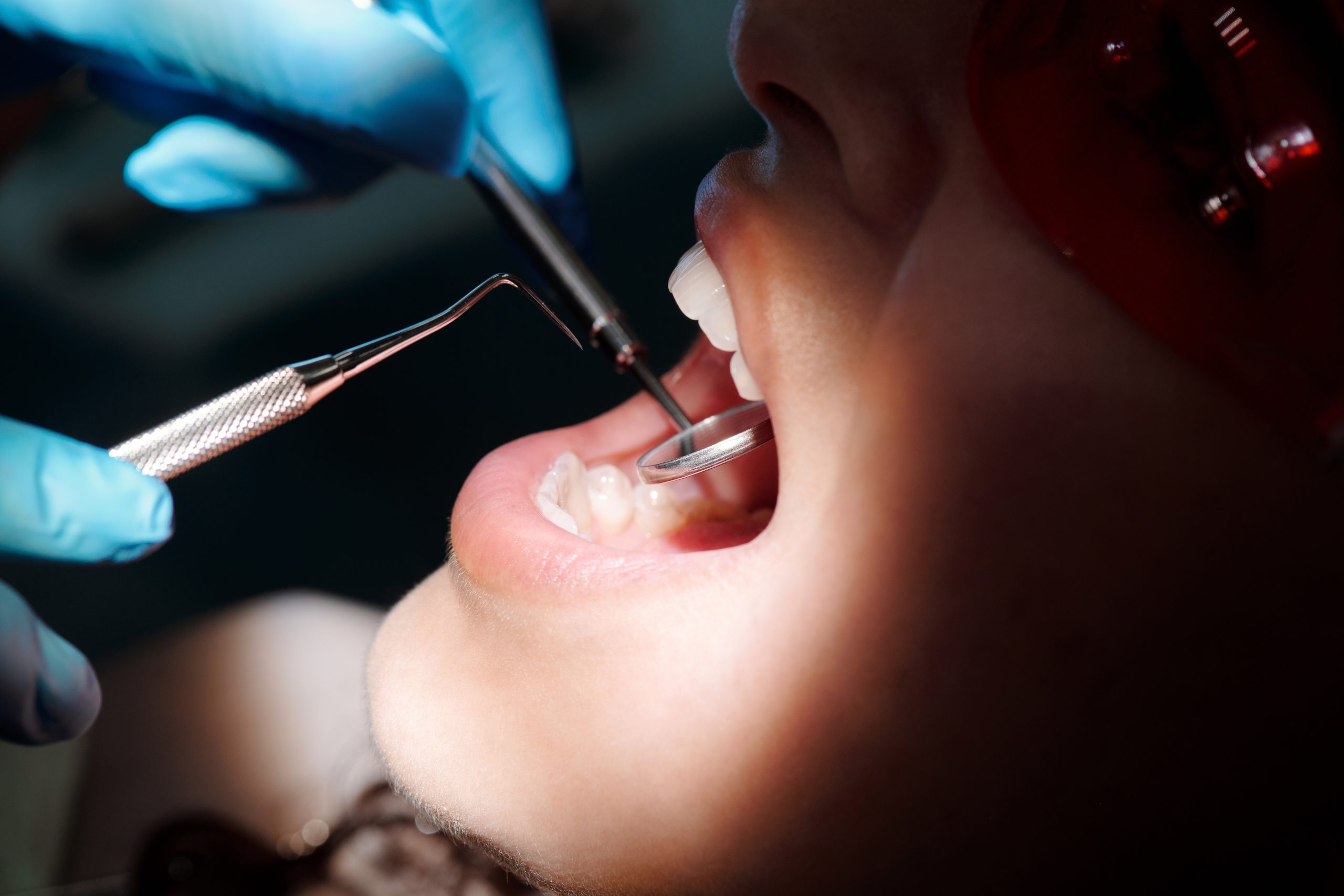
Important Considerations
Removal of dental amalgam is a delicate procedure that requires experience and care. In addition to the protocol mentioned above, it is important to consider some additional considerations:
1. Dentist Experience: Look for a dentist experienced in removing dental amalgam, as this will ensure that all safety guidelines are followed.
2. Discussion with the dentist: Talk to your dentist about your specific concerns and needs before starting the withdrawal process.
3. Safe alternatives: Make sure the selected replacement material is safe and suitable for your dental situation.
4. Long-term follow-up: After amalgam removal, it is important to maintain good oral hygiene and perform regular dental exams to monitor the health of teeth and fillings.
Removal of dental amalgam is an important procedure for those who wish to remove this material for health reasons or sensitivity to mercury or other metals. While there are risks associated with mercury exposure, following a proper recall protocol and working with an experienced dentist can minimize these risks and ensure a successful outcome in terms of oral health. If you are considering dental amalgam withdrawal, turn to Rossell Carol to assess your specific options and needs.

